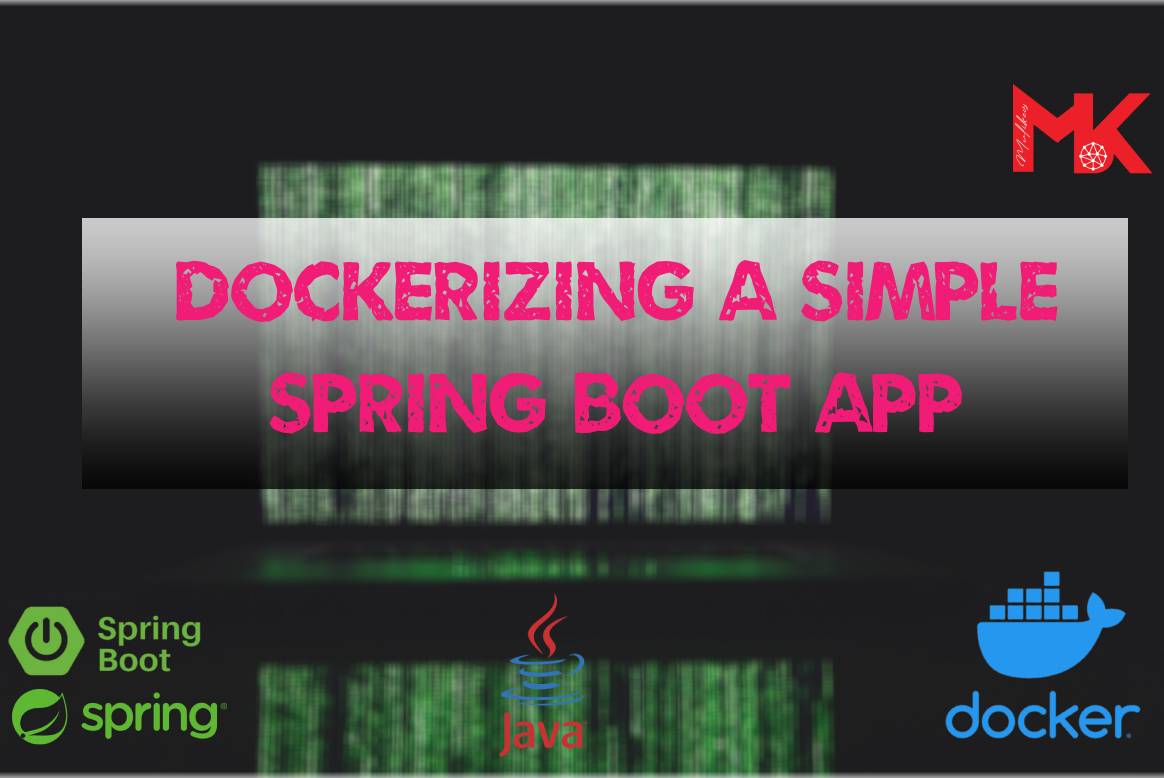How to Dockerize a Simple Spring Boot Project
Spring Boot
Docker is a containerization platform that allows you to package an application and all of its dependencies into a single unit called a container. Containers are lightweight and portable, and they can run on any platform that has the Docker Engine installed.
In this comprehensive guide, we'll walk you through the process of Dockerizing a simple Spring Boot project, covering everything from creating a Dockerfile to running the Docker container.
Prerequisites
Before we start, ensure that you have the following prerequisites in place:
- Docker Engine installed on your machine.
- Maven or Gradle installed on your machine.
- A basic understanding of Spring Boot projects.
Creating a Dockerfile
The first step in Dockerizing your Spring Boot project is to create a Dockerfile. A Dockerfile is a text file that contains instructions for building a Docker image.
Here is a sample Dockerfile for a simple Spring Boot project:
FROM openjdk:11-jdk-alpine
EXPOSE 8080
ARG JAR_FILE=target/*.jar
COPY ./target/*.jar app.jar
ENTRYPOINT ["java","-jar","/app.jar"]
FROM openjdk:11-jdk-alpine EXPOSE 8080 ARG JAR_FILE=target/*.jar COPY ./target/*.jar app.jar ENTRYPOINT ["java","-jar","/app.jar"]
This Dockerfile will:
- Build an image based on the OpenJDK 11 image.
- Copy the Spring Boot application JAR file to the /app.jar path in the container.
- Expose port 8080, which is the port that the Spring Boot application listens on.
- Start the Spring Boot application using the java command.
You can customize the Dockerfile further by adding additional settings such as environment variables, volumes, entry points, and health checks to meet your project's specific requirements.
Building the Docker Image
With your Dockerfile in place, you can now build the Docker image. Open a terminal and navigate to your project's root directory, then run the following command:
docker build -t spring-boot-app .
docker build -t spring-boot-app .
docker build -t spring-boot-app .
This command will build a Docker image with the name spring-boot-app. The . at the end of the command instructs Docker to build the image from the current directory.
Running the Docker Container
Once the Docker image has been built, you can run it using the following command:
docker run -p 8080:8080 spring-boot-app
docker run -p 8080:8080 spring-boot-app
This command will run the Docker container and expose port 8080 on the host machine to port 8080 inside the container.
You can now access the Spring Boot application at http://localhost:8080.
Sample Spring Boot Code
Here is a sample Spring Boot code for a simple project:
@RestController
public class HelloController {
@GetMapping("/")
public String hello() {
return "Hello, world!";
}
}
@RestController public class HelloController { @GetMapping("/") public String hello() { return "Hello, world!"; } }
This code creates a simple REST controller that returns the message "Hello, world!" when a GET request is made to the root path.
To compile and package the Spring Boot application, you can use the following command:
mvn package
mvn package
This command will create a JAR file called target/hello.jar. You can then copy the JAR file to the root directory of your Docker project and build the Docker image as described above.
Conclusion
Dockerizing a Spring Boot project is a straightforward process, and it provides numerous benefits, including consistency and portability. By following the steps outlined in this guide, you can Dockerize your own Spring Boot project and deploy it to any environment that has the Docker Engine installed. Whether you are developing a small application or a complex microservices architecture, containerization with Docker is a powerful tool to streamline your software deployment process.
How to Dockerize a Simple Spring Boot Project
 "Programming isn't about what you know; it's about what you can figure out." - Chris Pine
"Programming isn't about what you know; it's about what you can figure out." - Chris Pine
October 27, 2023

